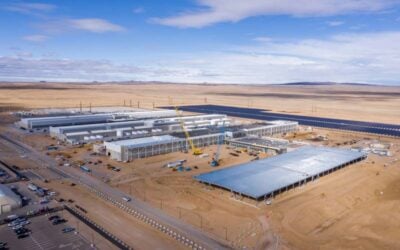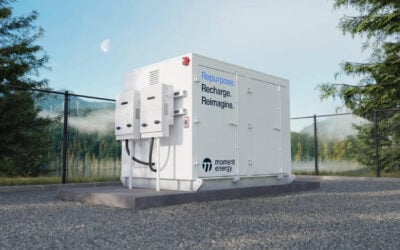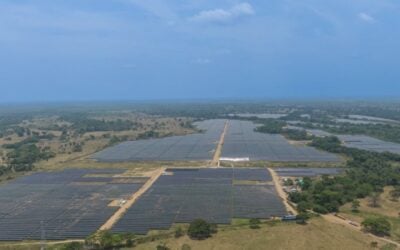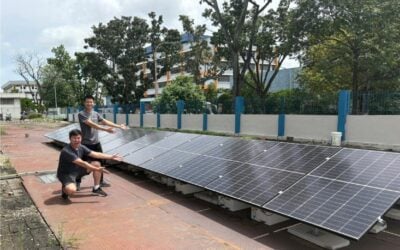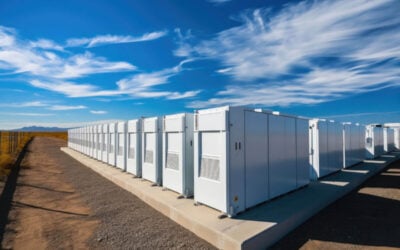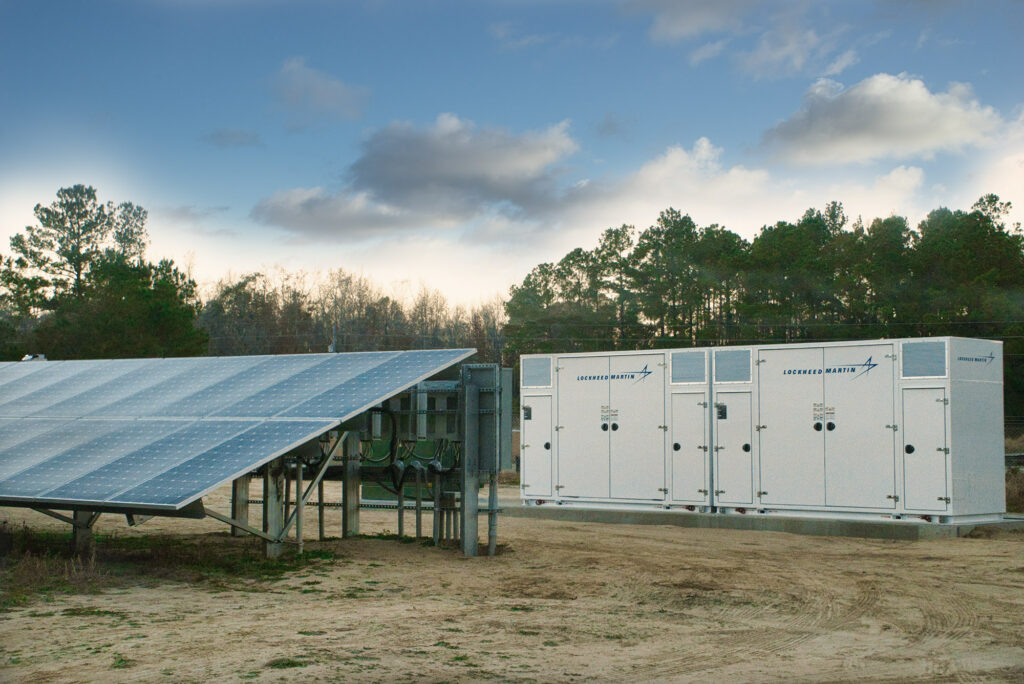
An eight-hour duration Lockheed Martin flow battery energy storage system will be deployed at a 102.5MW solar PV project in Canada.
Lockheed Martin said on Friday that it is investing US$9 million towards Saddlebrook Solar + Storage Project, in Alberta, Canada, which is under development by energy infrastructure company TC Energy.
Enjoy 12 months of exclusive analysis
- Regular insight and analysis of the industry’s biggest developments
- In-depth interviews with the industry’s leading figures
- Annual digital subscription to the PV Tech Power journal
- Discounts on Solar Media’s portfolio of events, in-person and virtual
A 6.5MW / 52MWh Lockheed Martin GridStar Flow battery energy storage system (BESS) will be integrated with the project’s bifacial solar modules, storing solar energy so it can be dispatched to the Alberta electricity network at peak times.
It marks the first large-scale pilot for the technology which Lockheed Martin, best known for its aerospace and defence tech solutions, has been developing for some time. As early as 2014, Energy-Storage.news reported that the company had bought Sun Catalyx, a flow battery startup spun out of the Massachusetts Institute of Technology (MIT).
While Lockheed launched its own range of lithium-ion BESS products in 2016, the flow battery had been under wraps, with launches teased in 2018 and the following year.
In 2019, Lockheed’s VP of business development Dan Norton told this site that the Sun Catalyx acquisition had enabled the creation of “a coordinated compound chemistry flow battery, that is human- and environmentally-safe, that is balance of plant cost-effective and that is deployable worldwide”.
Norton said at the time that GridStar Flow would be targeted at large-scale applications, where the economies of scale work best, and for long-duration market segments where lithium would be less cost-effective or technically less suitable.
The long history and international renown of Lockheed Martin could be a strong brand differentiator versus many of the startup companies in the space, Dan Norton suggested.
Then, in November of 2020, the company announced the first test of its redox flow battery — a 500kW / 2.5MWh system — at Lockheed’s chemistry lab facilities in Massachusetts.
Having signed an agreement with TC Energy in late 2019 to explore potential North American project sites for flow battery deployments, the Saddlebrook site in Alberta has been selected.
The project will be supported with funding through the provincial government’s Emissions Reduction Alberta scheme, while Lockheed Martin and TC Energy will work with the University of Calgary to perform research on the project and what it can say about the effectiveness of solar and energy storage for Canada.
Alberta only got its first grid-scale BESS in late 2020, a two-hour duration 10MW lithium-ion Tesla Megapack system which charges from a 66MW wind farm. The province’s first solar-plus-storage project was approved in April 2020 and will be 8MW / 8MWh of batteries with 13.5MW of solar.
More recently, our sister site PV Tech reported earlier this month on a 236MW solar PV project paired with a 100MW BESS in the province which is currently in development and is majority-owned by Westbridge Energy Corporation. Westbridge also has another two BESS projects in Alberta in development, comprising 200MW of batteries.
Emissions Reduction Alberta recently also approved funding for another solar-plus-flow battery project, Chappice Lake Solar-Storage, under development by Elemental Energy Renewables. That project would combine a DC-coupled flow battery of unspecified size with a 15MW solar power plant.
Another big name recently entering the flow battery space among a wide range of startups is Honeywell, which like Lockheed Martin has not yet revealed the exact chemistry of its flow battery’s electrolytes and is similarly taking a softly-softly approach to commercialisation.
Meanwhile pure play flow battery companies like Invinity Energy Systems, CellCube, ESS Inc and several others are already seeing their deployments begin to ramp up. Last week Energy-Storage.news reported that details of the first project by another new market entrant, Largo Clean Energy, have been announced by customer Enel Green Power Espana, which will deploy a five-hour vanadium flow battery system at a solar PV plant in Mallorca, Spain.

